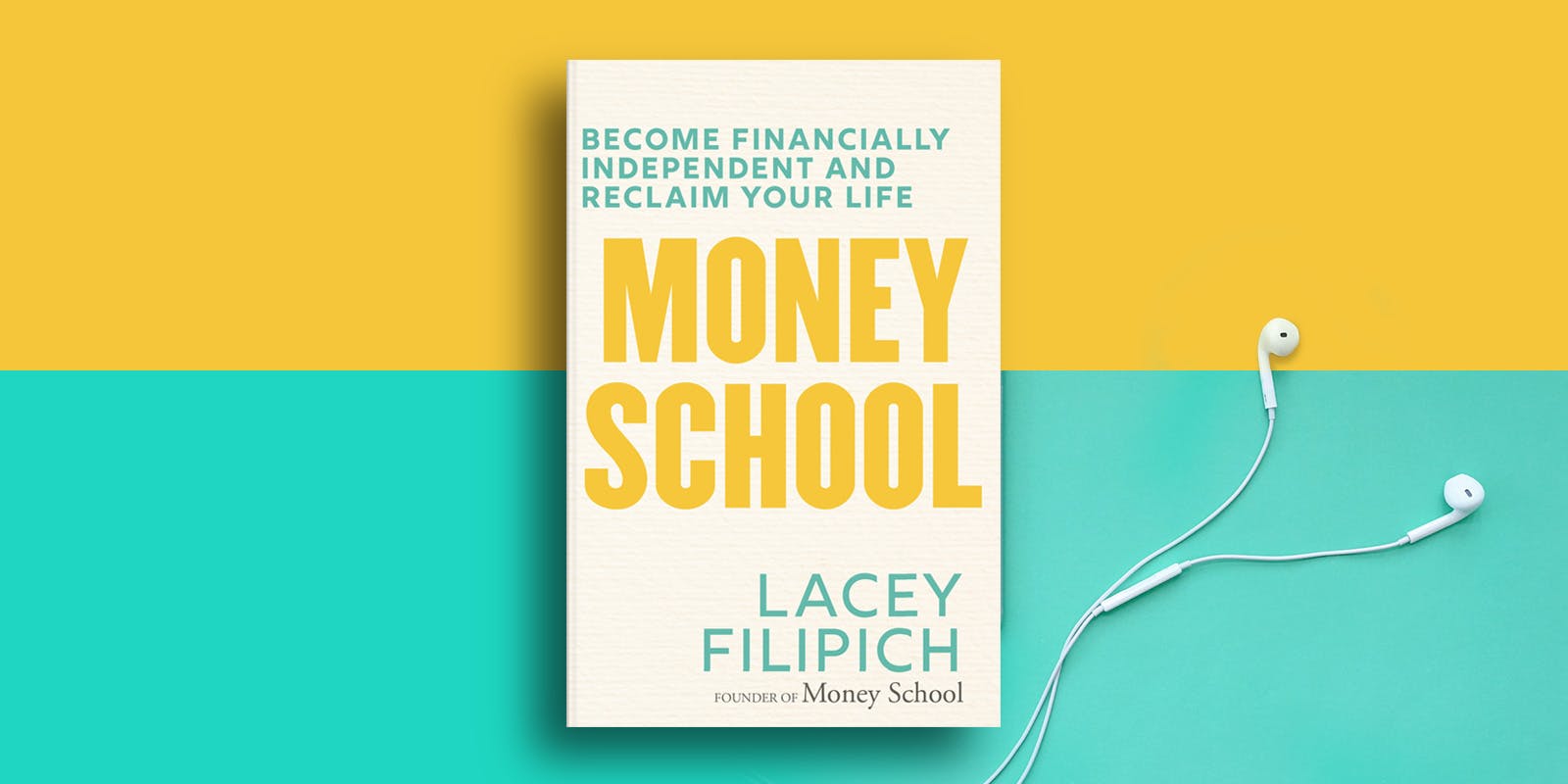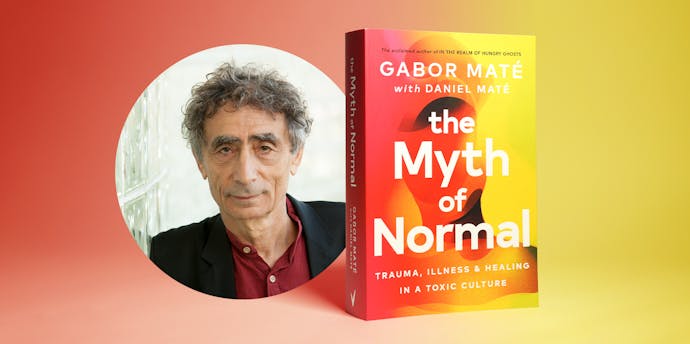In Money School, Lacey Filipich reveals how to change the course of your financial destiny.
Work your butt off until your 60s, then retire when you’re worn out: it’s a concept that never sat well with chemical engineer/financial guru Lacey Filipich. It took some harrowing life events for her to revaluate her workaholic lifestyle. But because she’d taken some savvy financial advice from her mother early in her life, Filipich had already started her journey towards financial independence. Via her book Money School, Filipich is sharing everything she’s learned along her path to mastering her money and reclaiming her time.
‘Financial independence (FI) is being able to cover your costs without relying on a wage,’ Filipich writes. ‘With enough time and a way to earn, it’s achievable for most people. Huge incomes add speed, but they’re not essential. Plenty of people on average incomes get to FI. (Tip: what you keep matters more than what you make.)’
From eliminating debt to developing a personalised financial plan, Money School is full of tried-and-true lessons for redesigning your personal finances to create the life you really want (aka: Financially Independent Time Rich – FITR). In the passage below, Filipich explores the ebbs and flows of money in our lives.
Australians have an affinity with water. We’re surrounded by it, and often at its mercy during floods and droughts. A water-based metaphor seems fitting for money flowing through our lives. Your FI supply is your opportunity to collect, store and use water (i.e. money) in the most effective way you can.
Your FI supply starts as a river – that’s your income from working. It’s one channel, flowing through the countryside.
A little bit is siphoned off for your future – that’s your compulsory retirement fund payments (i.e. superannuation). It heads off to a retirement pond. Until you reach the official, government-set retirement age, the gate to access that pond is locked. You get some say in who manages and maintains the pond, but it’s looky only, no touchy.
A little further along, another (usually much bigger) bit is siphoned off for an irrigation channel – that’s your income tax. Wave it goodbye; it’s not yours anymore. The government will spend it, and you’ll indirectly get the benefits via whatever they use it for – schools, hospitals, roads and so on.
What’s left of the river represents your after-tax-and-super income. It carries on across the countryside, skinnier than the original river, but now it’s all yours to direct.
It promptly splits at a fork into a waterfall and a stream.
The waterfall empties into the sea, joining the great oceans that form our global economy. This waterfall is your spending. All spending that isn’t for the purpose of FITR goes through this waterfall and out into the sea. All living costs, including the cost of your home, all debt payments that aren’t for investments, all donations and giving. It’s gone, baby. Bye bye.
The stream that’s left represents your saving. It carries on, flowing across the land in roughly the same direction it was travelling before the fork, only now its width is smaller again. This part of the supply is the key to your FI.
As the savings stream travels along, it fills up a dam, your insurance against brief dry periods or even a prolonged drought. When the river runs dry – whether for a few weeks or many months – the water in the dam gets you through till the river runs again. This dam represents your buffer fund: savings you keep in cash to get you through financial dry times without needing to borrow from someone else at great expense (such as running up credit card debt).
Once the dam is full, the savings stream can continue to flow again. It carries on at the same rate.
Rather than reaching another sea, this stream cascades into a lake. The lake may be empty to start with – or just a puddle – but there’s room to expand. A lot of room. The water within cannot escape. It’s trapped, waiting for you to decide how it’s used.
The lake is your independence fund; let’s call it an ‘FI fund’ for short. Your income when you’re FI is a function of the size of this lake and what you do with the water in it. You’re going to use the lake water for assets that will work to generate more water on your behalf. These assets will provide enough water that eventually you don’t need the river to cover your spending waterfall, at which point you’ll have reached FI. Cue applause.













